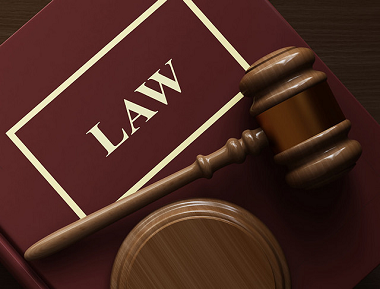Send Lawyers, Guns and Driverless Tech
Burney Simpson
Policy makers, regulators and legal departments will find the new “A Look at the Legal Environment for Driverless Vehicles” a valuable introduction and overview of major issues facing the industry.
The free report from the Transportation Research Board uses the word driverless as an umbrella term covering autonomous, automated, connected, and driverless vehicles.
Topics addressed include civil liability, criminal liability, insurance, and privacy and security.
There are also sections on local, state and federal legislation, and administrative regulation. A chapter on sustainability addresses land use, infrastructure, and the environment.
Another section provides historic context by reviewing how regulators once looked at such revolutionary transportation technology as railroads, steamboats and conventional automobiles.
The prepublication version is available as a free PDF.
The authors are Dorothy J. Glancy, Robert W. Peterson, and Kyle F. Graham from the Santa Clara University School of Law in Santa Clara, Calif. Glancy and Peterson are full professors, while Graham is a teacher there who earned some attention last year when he announced he would not seek tenure at the school.
The introduction sums up the report:
“This report discusses the legal environment that will apply to driverless vehicles. The sections that follow consider how driverless vehicles may fit within or challenge existing rules, and, as relevant and appropriate, suggests how these rules could be modified to better serve the public interest. As a forward looking analysis, this discussion is necessarily speculative, and relies on numerous assumptions regarding matters including how driverless vehicles will operate and how long it will take for them to come into common use. Nevertheless, even at this early juncture, policymakers should benefit from an assessment of how driverless vehicles mesh with the prevailing legal order.”
The current version is subject to revision. Peterson wrote in an email this month that a section on liability could see some changes to reflect recent announcements by three auto OEMs that they would accept responsibility for accidents when their vehicle is operated in autonomous mode.
Photo by Cal Injury Lawyer, 2015.


